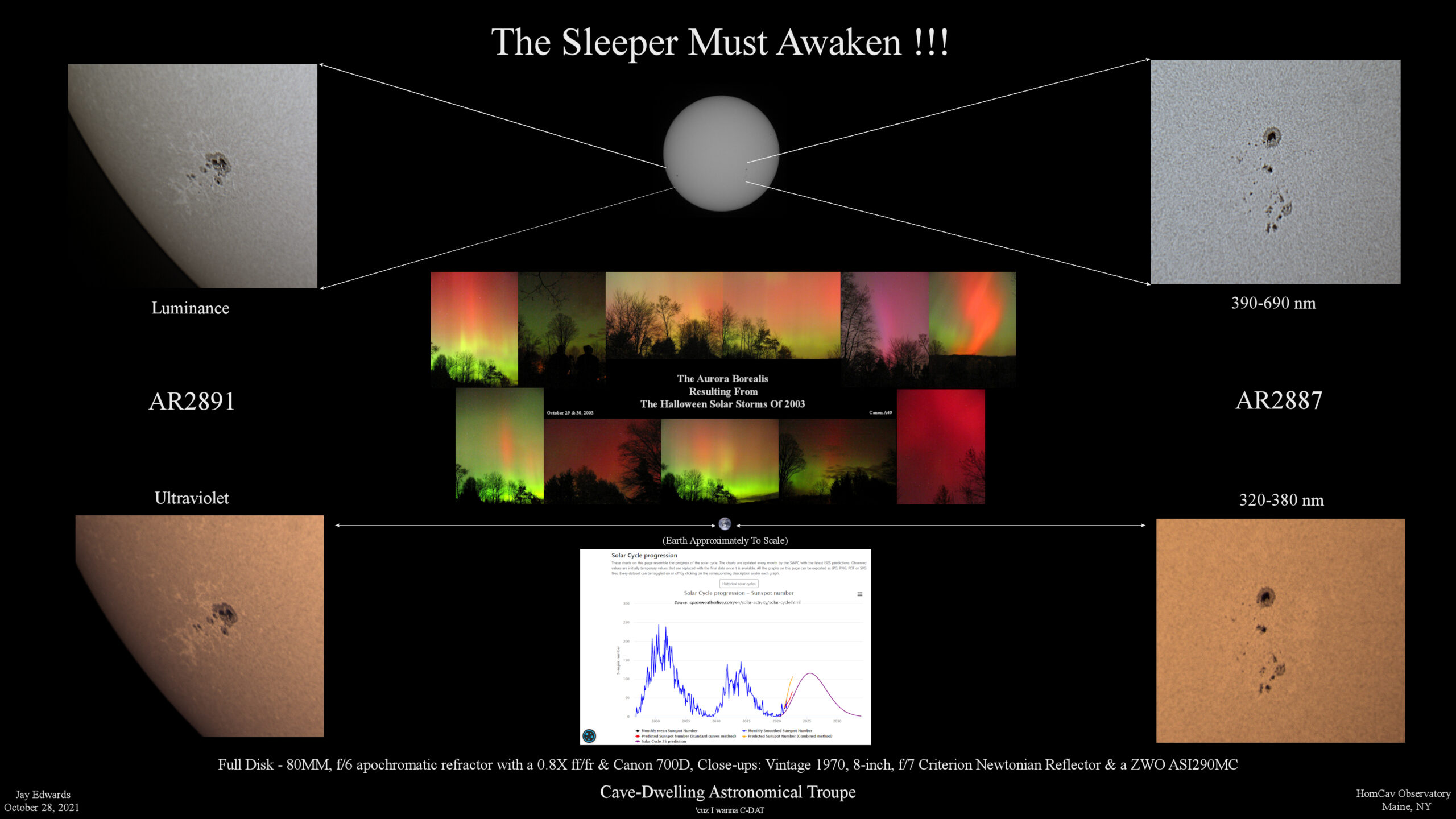Frank Herbert’s Dune Messiah, the much-anticipated follow-up to Dune, has been widely panned. Critics have called the novel disjointed, rushed, and convoluted. In this article, we’ll discuss why Dune Messiah feels like a first draft and why it fails to deliver on the reading experience one expects of Herbert’s work.
The most obvious problem with Dune Messiah is its lack of detail. Herbert, in a seeming attempt to move the plot along quickly, fails to fill in vital details. This makes it hard for readers to really engage with the story, as they often don’t know enough background information to form proper opinions or reactions. Furthermore, the plot lacks a clear structure, making it difficult to follow. Moreover, there are several plot points which don’t make sense and are ultimately unsatisfying.
Another major problem is the characterization. In Dune, Herbert depicted complex characters with depth and layers. In Dune Messiah, many of these characters feel flat and one-dimensional, making it hard to rally behind them. Herbert also crafts some of the characters as almost parodies of themselves, which can be off-putting.
Finally, the world-building feels incomplete. While there is a wealth of fascinating concepts and mythology, little is done to tie those concepts together. Herbert provides tiny snippets of information here and there, but nothing is ever fleshed out or fully explained. This means that readers often feel confused about the wider context of the plot, unable to make sense of the underlying implications of various characters’ actions.
Ultimately, Dune Messiah feels like a first draft of a novel. Herbert didn’t take the time to properly craft his characters or thoughtfully develop his concepts, and the result is an unsatisfying, chaotic mess of a plot. It’s a shame, given how great the original Dune was, but Dune Messiah stands as a reminder of how rewarding a little extra effort can be.

